Yamazaki 18 Year Old Whisky: A case study of a counterfeit v authentic bottle
There have been rumours circling within the industry that there may be several potential counterfeit Yamazaki 18 Year Old single malt whisky in the Australian market. Rumours began circulating in 2022 that some of the bottles customers were purchasing had inaccurate lettering and compared to authentic bottles did not line up correctly. These rumours were exacerbated when a relatively unknown retailer provided a steep discount during a father’s day special. The discount was so aggressive it was suggested to be at or even below the current wholesale price from the official Australian importers Beam Suntory. A discount on expensive bottles isn’t always a warning sign, but as the saying goes, if it’s too good to be true, it probably is.
I am the freelance consultant authenticator & fraud expert for Australian Whisky Auctions, and on a consulting trip to Melbourne last week, I was able to confirm a counterfeit bottle had made its way to the auction house.
As you will see, it’s a very well-made counterfeit bottle that has likely been recreated by professionals.
Firstly, I need to give Sean Kingston (owner of Australian Whisky Auctions) a rap for putting this bottle aside for me on the hunch there may be a problem. A customer had purchased the bottle from the noted questionable retailer and approached us to ensure authenticity before it was entered into auction. Sean correctly identified irregular font patterns on the presentation box.
AWA inspects all bottles that come through the doors and put bottles aside for authentication which do not meet a certain standard or fall into a certain criteria. This fake however is a different style and one more likely to catch the average consumer out. Instead of trying to create a one off bottle valued upwards of $4,000, these fakes have been created in large volume and targeted a release around the $1200 mark at the time. Whilst the returns are lower on a fake like this, they often bring less scrutiny than a very high value bottle and therefore fly under the radar.
The changing nature of the Japanese whisky market has led to the Yamazaki 18 year old rapidly climbing in retail price. In 2010 the bottle could routinely be purchased for around $250 AUD from retailers. Today the RRP sits upwards of $1,800 AUD. This appreciation provides incentives for fakes, and the nature of the release has turned an otherwise abundant bottle into something drinkers covet, often given as a gift or purchased to celebrate a milestone. Many of the bottles purchased will remain sealed for many years, and those that do open the bottles likely do not have another authentic bottle to provide comparison. Therefore retailers like the one who sold this bottle to the customer can sell numerous bottles without attracting attention.
We thought it would be wise to put together a report on the red flags to look out for in the counterfeit bottle in order to help the whisky industry flush out the remaining bottles in the market.
Let’s start by analysing the presentation box.

Fig 1: Authentic v Counterfeit presentation box
The box on the left is the authentic box, which is exactly the same as numerous other boxes we have received since they changed the box design a couple of years ago, and the box on the right is a counterfeit. Look closely at the word ‘Yamazaki’ on both boxes and note that the letters on the counterfeit bottle are not straight and linear like they are on the authentic bottle.
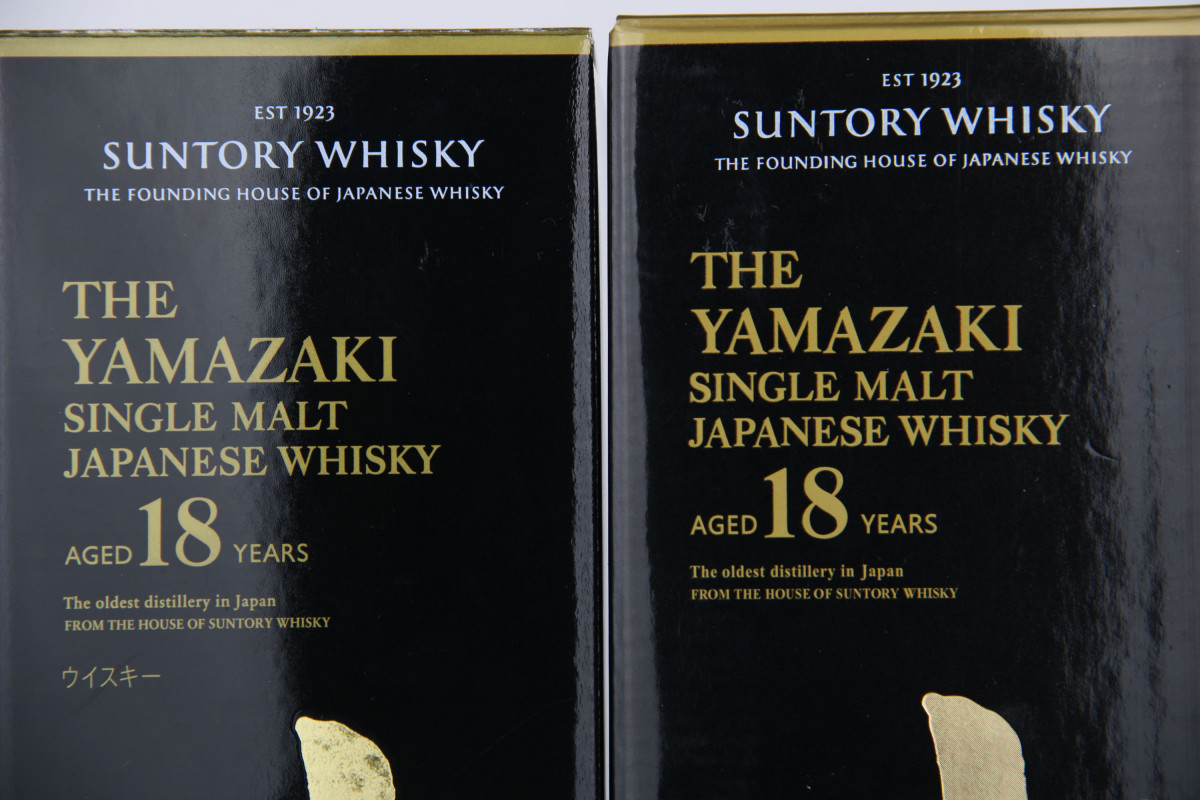
Fig 1.1: Authentic v Counterfeit presentation box
Also note that the gold ink on the authentic bottle is lighter and reflective, whereas the gold ink on the counterfeit bottle is much deeper and denser.

Fig 1.2 Authentic ink v Counterfeit ink on the presentation boxes
Under a microscope you can clearly see the print quality of gold ink on the authentic box (left) v the counterfeit box (right). Note the ink on the authentic bottle looks more professional and stays within its plate lines, whereas the ink on the counterfeit looks messy and runs beyond the lines. Also of note is the black colour on the counterfeit box is grainy with ink splats. It also lacks the definition of the black colour on the authentic box. These factors suggest the print techniques undertaken here have been done on a quality home printer.
Also of note is that the cardboard used on the counterfeit box is of lesser quality than that used on the authentic box. You will note this by ‘touching & feeling’ the box. The authentic box is smoother to touch than the counterfeit box.
Let’s now examine the bottles & labels.
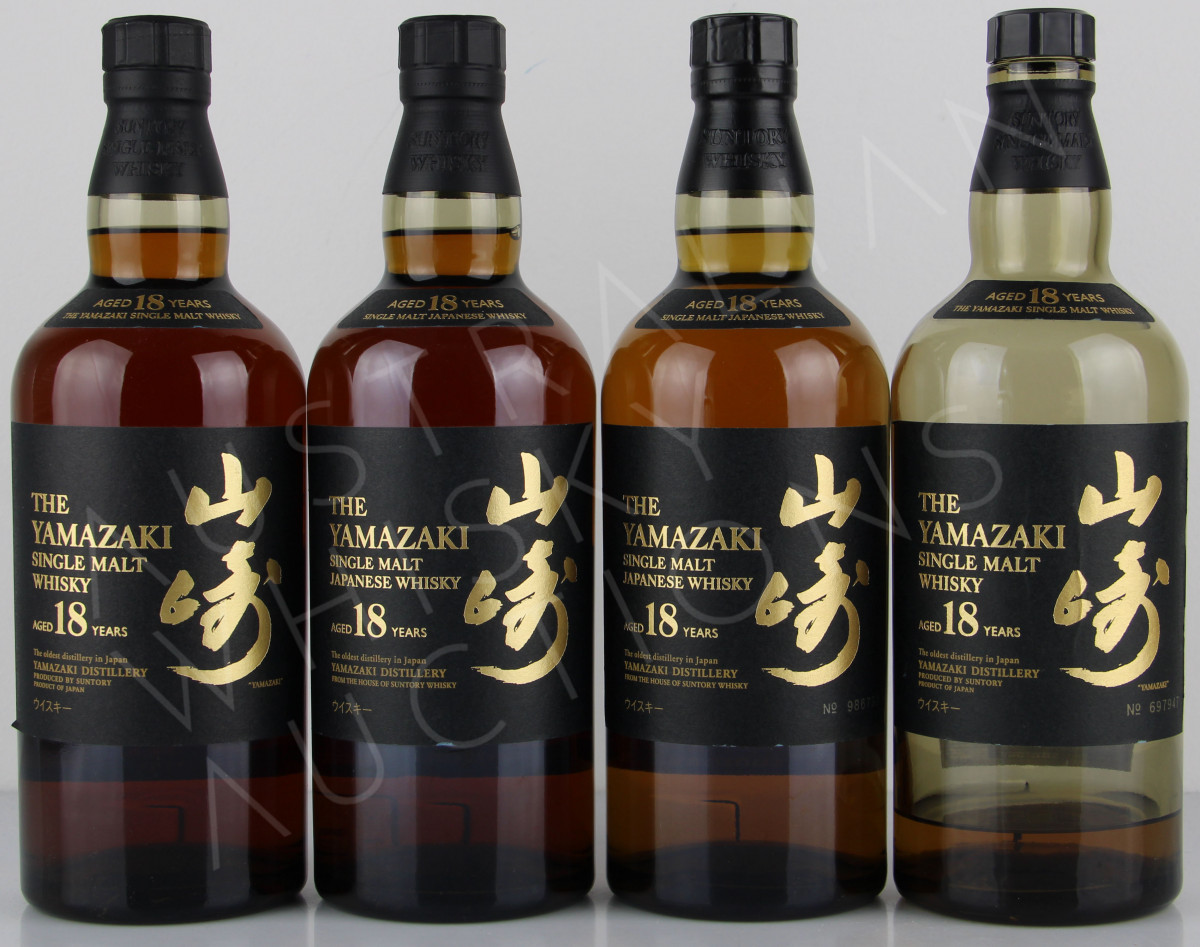
Fig 2: Authentic bottles v Counterfeit bottle
To the naked eye, both bottles look very similar. As mentioned earlier, this is a high-quality counterfeit. It would be easy for an unsuspecting customer or company to be fooled by the counterfeit on face value.
The most obvious giveaway with both bottles alongside each other is that the liquid in the bottles are different colours. The authentic liquid is the correct brown/mahogany colour whereas the counterfeit liquid is yellow/amber colour.
It’s worth noting that the glass bottle of counterfeit whisky is actually an authentic/original Yamazaki glass bottle. This suggests the counterfeiter(s) may have access to authentic Yamazaki glass bottles or are reusing empty bottles.
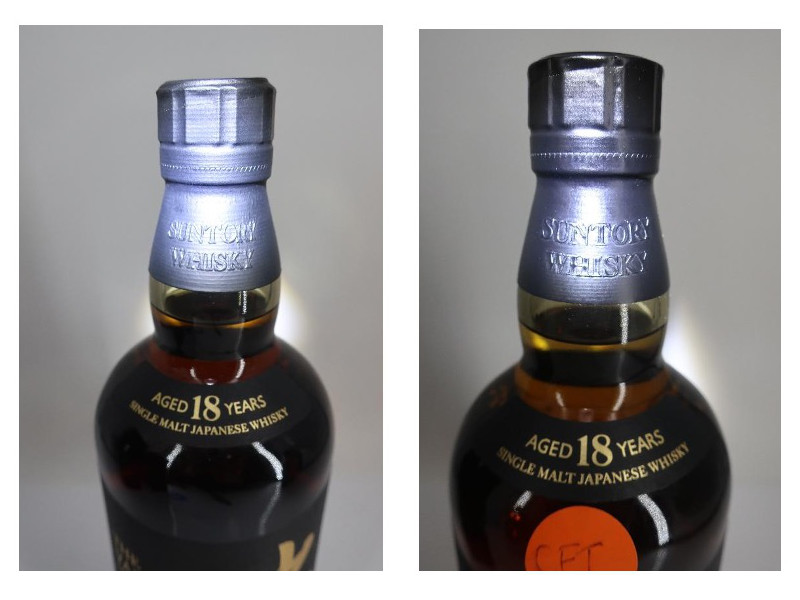
Fig 2.1: Authentic capsule (left) v counterfeit capsule (right)
If you look closely at the capsules, you will note that the authentic capsule (left) is a matt black finish, whereas the counterfeit capsule (right) is a gloss black finish.
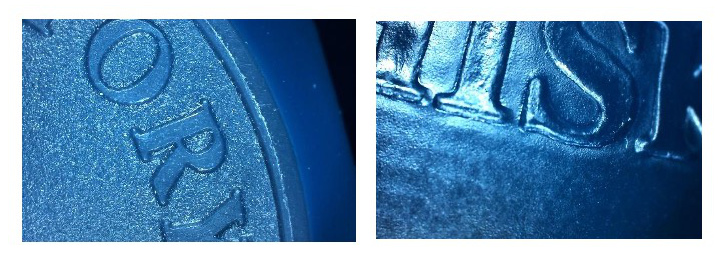
Fig 2.2: Authentic capsule embossing (Left) v counterfeit capsule embossing (Right)
Although the counterfeit emboss on the capsule is pretty good, you can see it is not the quality of the authentic embossing when you analyse them under a microscope.
Let’s now take a closer look at the main label under a microscope.
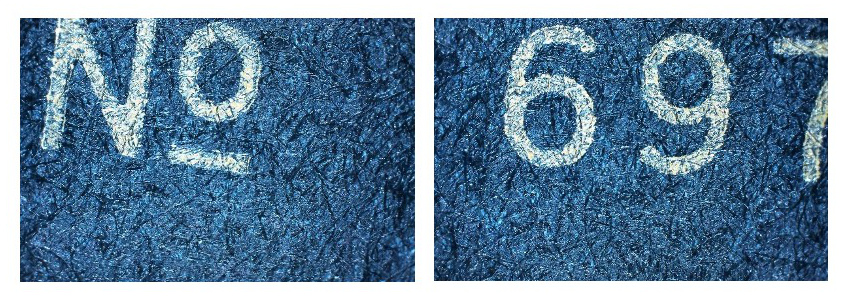
Fig 3.1: Authentic lot number print method and ink colour under microscope.
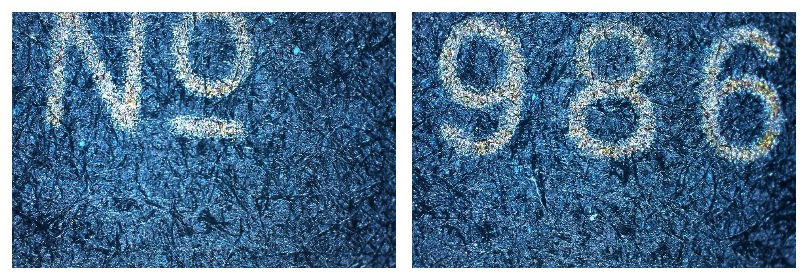
Fig 3.2: Counterfeit lot number print method ink colour under microscope.
To the naked eye, it’s almost impossible to see the counterfeit print method and colour difference here. Under the microscope however, it’s a very different story.
Note in the authentic images (Fig 3.1) that the numbers and letters are very clear and neat, with one defined colour.
In the counterfeit images (Fig 3.2) you can clearly see several different colours within the numbers and letters. Furthermore, if you expand these images further, you can clearly see the ink is messy on the extremities and the ink rests on top of the paper. This is a dot centered rosette print, which suggests a lower quality printing process done on a home laser printer. Although historically Yamazaki 18’s did have the lot number underneath the Yamazaki Symbol, it was not printed on top of the black ink as shown in the above figures.
Delving deeper into the main label, we can identify more inferior print methods.
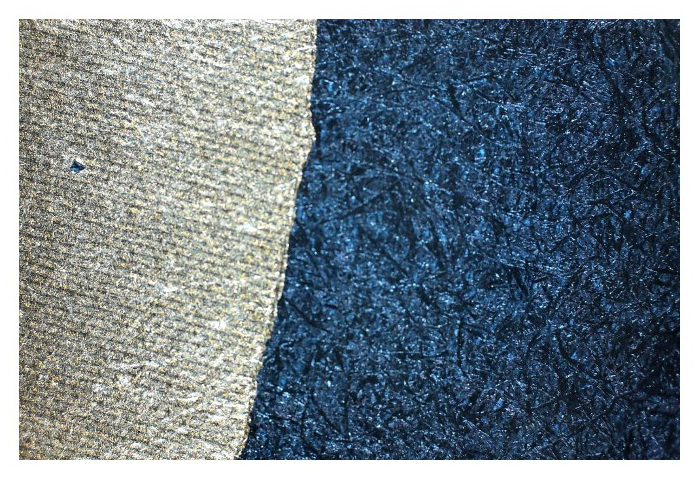
Fig. 4.1 Authentic print method
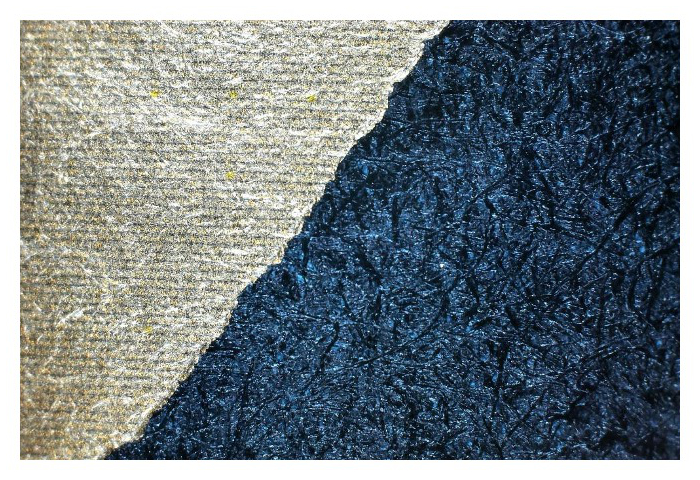
Fig 4.2: Counterfeit Print method
If you look carefully at the gold ink on the counterfeit (Fig 4.2), you will see sporadic yellow blotches on the gold ink. This again suggests a less professional print method has been used.
Counterfeit whisky is on the rise. No longer is it only a few iconic brands such as Macallan that are targeted. All fine and rare whiskies can be and are being counterfeited. Even the cheaper whiskies at the commodity end of the market are counterfeited, and in large quantities.
Gangs are moving into this space and sparing no expense on high grade printing machines & know how. They know there are large profits to be made, with much less chance of getting caught than they would in the narcotics game for example.
Learning how to identify some red flags on a bottle should be a very important part of your overall whisky industry knowledge. Remember, most owners of counterfeit bottles do not even know their bottle is a counterfeit. They are NOT the counterfeiters, they are the unfortunate ones that were sold fakes unknowingly. It's only when they opt to consume or sell that bottle do they find out they have been duped which potentially could have significant consequences given the unknown nature of the liquid.
Scott Evers is the Director of Wine & Whisky Provenance, a Wine & Whisky Expert Authenticator & freelance consultant. Visit www.winewhiskyprovenance.com.au

